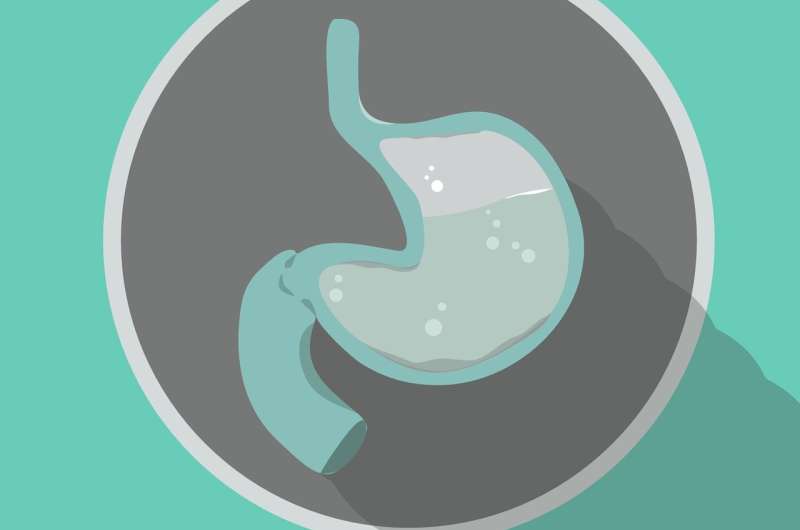Spike in West Nile Virus Cases Prompt Health Alerts

A significant rise in West Nile virus cases this year has prompted health warnings, highlighting increased mosquito infection rates and the importance of preventive measures to protect public health.
This year has seen a significant increase in West Nile virus infections, with reported cases exceeding typical numbers by approximately 40%. As of early September, health officials have documented over 770 cases, including nearly 490 severe illnesses, according to the Centers for Disease Control and Prevention (CDC). Normally, around 550 cases, with about 350 severe cases, are expected by this time of year, indicating a concerning rise.
The elevated infection rates are linked to a higher proportion of mosquitoes carrying the virus, not just an increase in mosquito populations. Factors such as weather patterns, rainfall, and the infection prevalence among local bird populations influence mosquito infection rates. Colorado, especially Fort Collins, reports notably higher infection levels, with some areas showing about 35 infected mosquitoes per 1,000 females, significantly above the expected 8 per 1,000.
Health authorities are urging the public to take preventive measures, including wearing long-sleeved shirts and pants when outdoors and using EPA-registered insect repellents, especially during peak mosquito activity in the late summer and early fall. West Nile virus first appeared in the United States in 1999 and peaked in 2003 with nearly 10,000 cases. While many infected individuals experience mild or no symptoms—such as headaches, body aches, joint pain, vomiting, diarrhea, or rashes—severe cases can affect the central nervous system, leading to meningitis, encephalitis, or even death.
On average, the past decade has seen about 2,000 cases annually, including 1,200 serious neurological illnesses and roughly 120 fatalities. Experts predict that mortality rates may be higher this year, though specific data is still preliminary. The heightened risk is primarily due to increased virus presence in mosquitoes.
States like Colorado report disproportionately high numbers, with about 150 cases thus far—more than double the national average. In Fort Collins, CDC entomologists find alarming infection rates, correlated with warm and wet conditions conducive to mosquito breeding. Overall, scientists emphasize the importance of preventive measures and heightened awareness during this peak transmission period.
Stay Updated with Mia's Feed
Get the latest health & wellness insights delivered straight to your inbox.
Related Articles
Four States Urge FDA to Relax Restrictions on Mifepristone, the Abortion Pill
Four states have petitioned the FDA to remove restrictions on mifepristone, citing its proven safety for medication abortions and seeking to improve access for patients nationwide.
Identification of Five Immune Subtypes in Tongue Cancer for Personalized Therapy
New research identifies five immune microenvironment subtypes in tongue squamous cell carcinoma, providing a pathway to personalized immunotherapy and improved treatment outcomes.



